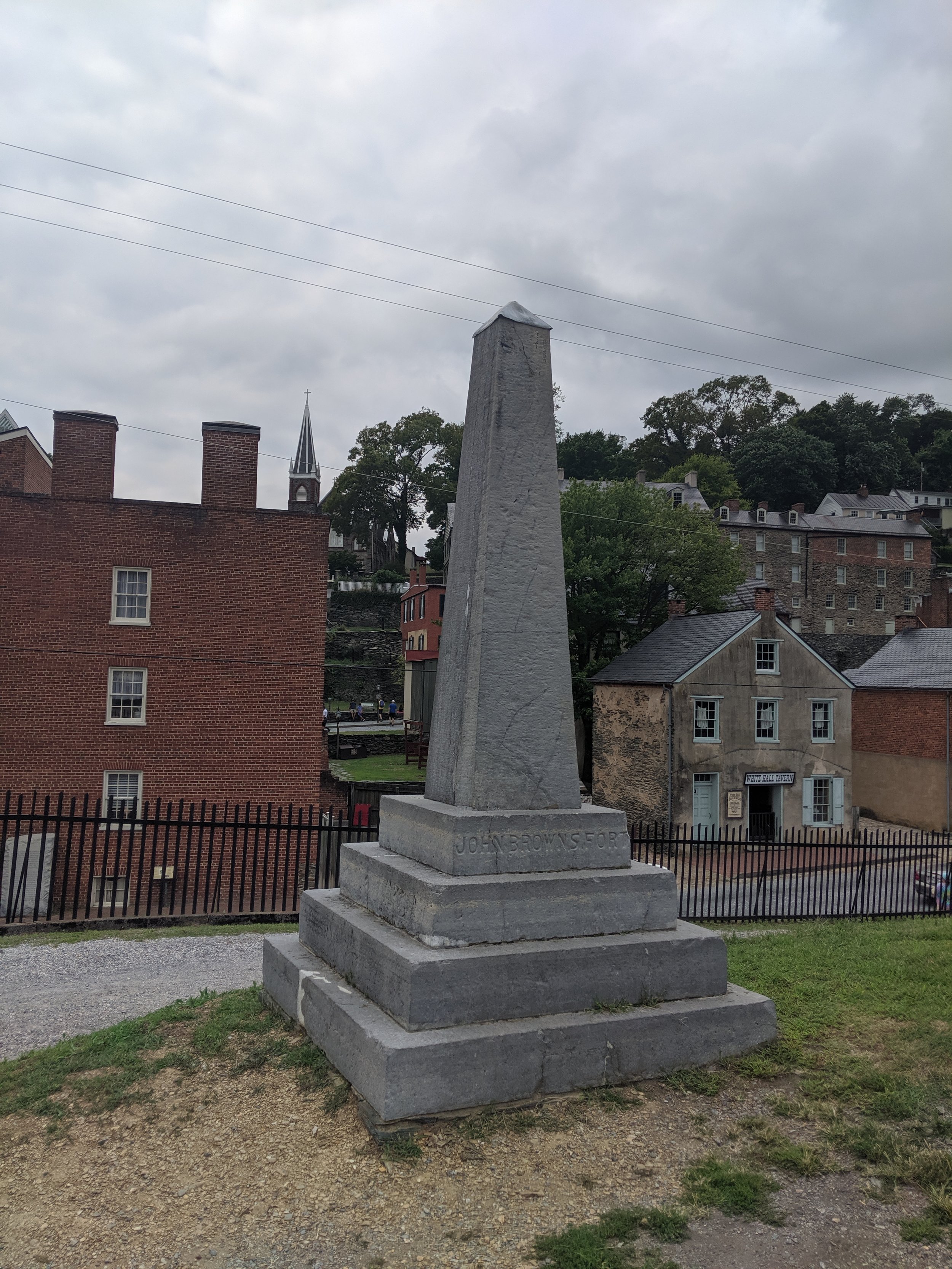This Jullian easel has been with me for almost 15 years as it was a high school graduation present from my dad to me. It’s heavy, but it carries everything. Whenever anyone asks me how I became so fit, sometimes I want to answer “Painting” but I know they wouldn’t take me seriously, so I usually tell them I am just genetically blessed. There’s a part in van Gogh’s letters to Theo where Vincent is basically beaming at the fact that his doctor mistakes him for an iron worker. It’s something no one would believe after years of being pummeled by ‘art is weak, math is strong’ pop culture. Painters have to be incredibly strong.
Painting itself is an effort to understand the world, space and time, and to interpret it in a way that is interesting to others, or interesting to you. Sometimes, the only goal is to just try, and to accept that nothing is perfect, no art happens in a vacuum, flies will get in the painting, people will say it’s an ugly painting, but it’s still important to try.
At the top of a small hill in Harper’s Ferry there is a monument to John Brown, but the whole town is a monument to him, with a structure at the bottom of the hill being dedicated as John Brown’s Fort. Almost every building has a placard and a historical marker. After a while you realize how well-preserved the town is despite seeing what must be millions of visitors each year.
The coffeeshops and the restaurants of the town were packed with visitors from across the USA and international visitors alike.
Viewing the local stonework is also worth a visit at Harper’s Ferry. The fact that people used to make structures this way absolutely blew me away. Where did they find all of this flat stone? Was it chipped out of the mountainsides? Hauled out of rivers? Both? Each stone is like it’s own story - imagine someone laying mortar and applying these stones, layer after layer, hour after hour. In many cases, it would have been an effort of several months or years of piecemeal expansions.
I found myself staring into the details of each wall, and each one was unique, and built up over years with different mortars, different composites of stones.
Harper’s Ferry is a place which rewards a slower, more careful eye - which is easy to have given the sheer ancient feeling of the place. Aside from cliffdwelling ruins and other Native American structures, and there aren’t many old places in America left.
Wandering between the old rail tracks and the river, you can find this fenced-off garden. It isn’t clear what grows here. I struggled to understand why it was there - it was one of the few structures in Harper’s Ferry without an explanatory placard. I liked this - I’m one to go to the museum and not take the audio tour and I never read artist statements. With historical structures, since they aren’t exactly art, it’s probably better to try to read up and understand what a structure was, but I liked the mystery of this garden. Who knows what someone was trying to do with it? It’s fun to think about.
A few years ago I read a book on pictographs and pictoglyphs in the American West, and one photograph showed a man standing next a boulder with a drawing of a human figure on it. The rock was at the site which would become Lake Powell. The man was standing on ground which would be covered in hundreds of feet of water soon. I was floored at the injustice of it all - some artist had carved the rock probably 5,000 years ago, and here we were, burying the pictoglyph in water.
But then again, what else could be done? The artist’s rock was in a remote place - you couldn’t exactly haul it in a truck bed to the nearest art museum. You couldn’t even chip the rock into pieces safely and take just the slab. So, the pictoglyph stayed, and now it’s still at the bottom of Lake Powell.
It’s not hard to imagine someone in an impossible future diving into Powell and looking at the pictoglyph at the bottom of the man-made lake, or someone in an even further future walking up to it after Lake Powell has dried. Harper’s Ferry feels like that pictoglyph at the bottom of a lake - it’s a part of the past where people tried, it’s in an inconvenient place, a man-made thing which can’t be moved into a museum.
Related Blogs:
Plein Air Painting in Washington DC
Plein Air Painting in Leadville
Who wrote this:














